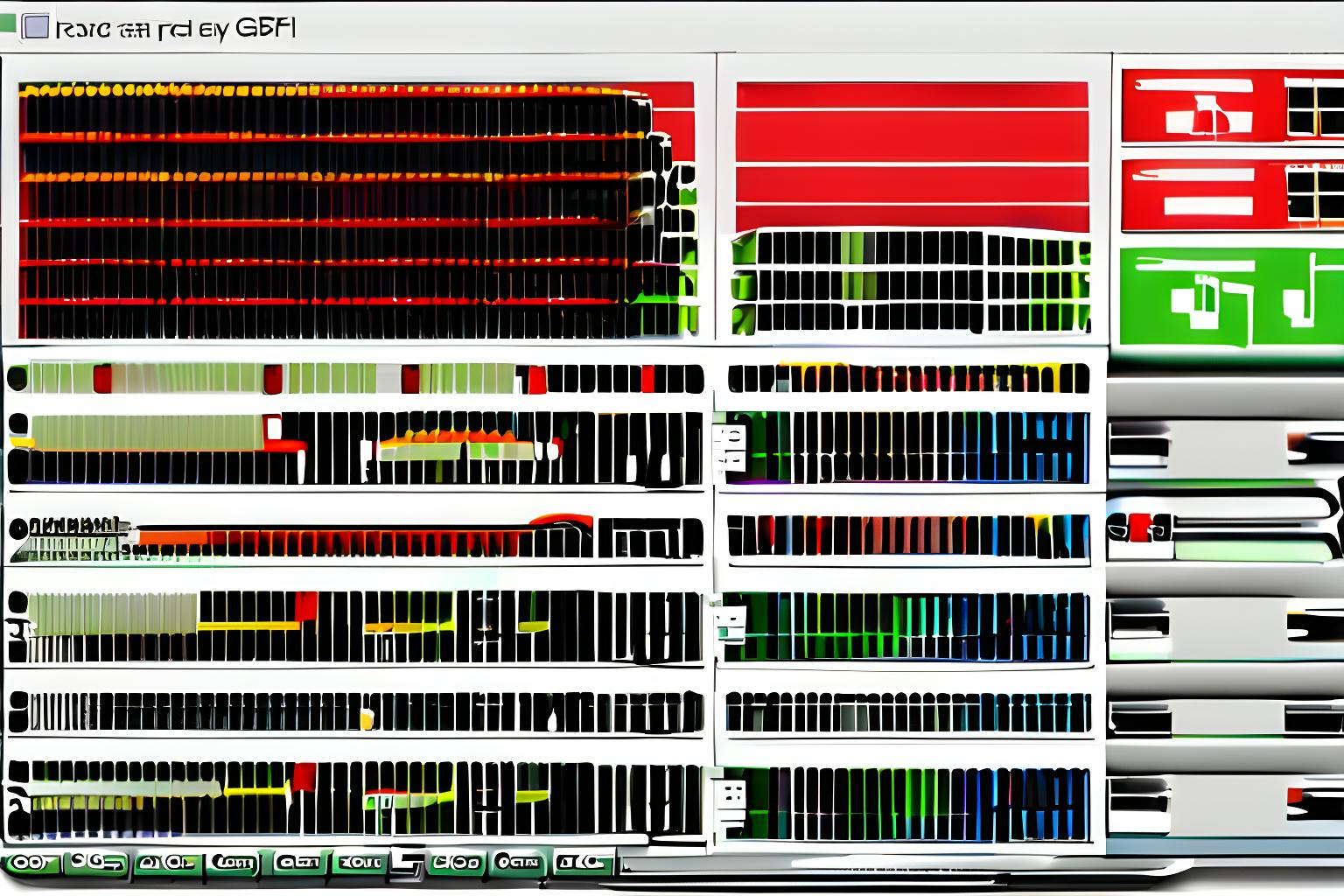How does the human brain store language, process speech and memory, in general?
When an individual is saying anything, what is going on in the brain in that instance? It can be assumed that what is said is prepared, for speech — the output. Speech comes out in an accent and with a certain cadence. Now, what is the role of language in thoughts and how does human memory really work?
There are ways that the brain stores information that makes it easy to access and use, almost simultaneously in several different areas. So, it is not just about the possibility to relay but the [pervasive] liberty to do so across sources. In computing, there are already advances in storage, processing and so forth. There are also major advances in neural networks architectures. However, the gaps between how the brain stores and processes information differ widely from computers. To advance AI into superintelligence, one approach could be storage, underscored by how the human brain stores information.
Conceptual Brain Science
The first postulate is that in the brain, storage and transport of information is done by electrical and chemical configurators, in sets, in clusters of neurons. Simply, what is termed electrical and chemical signals are actually configurators [or assemblers] of information — doing so in sets [or in loops], wherever there are clusters of neurons. Signals are not for communication of neurons [or transmission], conceptually.
So, information is specified electrochemically. Any memory is a specific [electrical and chemical] configuration, in a set. Transport works in summaries, enabling just electrical configurators or chemical configurators to do so. Electrical configurators interact with chemical configurators to mechanize functions, including memory. Chemical configurators are almost at a ready configuration, so it is when they are struck by electrical configurators that the configuration is completed. Electrical configurators have states at the instance of the interaction [like chemical configurators]. These states determine the extents to which they interact. Electrical configurators transport across with summaries of sets, mostly terminating where they are able to completely interact [or say fit]. So, a large percentage for how functions and attributes are mechanized happen inside the sets.
Human Memory and Computer Memory
There are at least two obvious ways that human memory storage outmatches computers: one is the totality of sets [of configurators]. The next is what is called thick sets. Processors have cores for parallel computations. But cores run processes in the moment and they do not store information. For GPUs, V-RAM, a neighbor of cores, are responsible for storage. This has worked well for video games and AI, but also remains limited towards achieving superintelligence, as well as better energy efficiency.
The second is called thick sets, where any configuration that is common between two or more thin sets are collected into a thick set. This ensures that there is an efficiency of storage and a kind of access that grants intelligence, since a relay into that set for some configuration may output something similar but different, in what might be novel or interesting. So, the brain avoids storing repetitions, ensuring better relay access. There are still some thin sets with the most unique information about anything, but most sets [of configurators] in the brain are thick sets.
Computers do not have this, at least in general, though neural networks have features, with related concepts around them. Features like a city, with the [host] country, neighboring cities, the continent and some others, as neighboring features.
Already, access to data by neural networks architectures are deep, but access in a large pool, with too much memory repetitions limits the reach of machine intelligence. Research and innovation for superintelligence could be determined by storage to a large pool and extent with similarities to the brain.
Human Brain: thoughts, language and speech
In the brain, there is a thick set for ‘round’, conceptually. There is a thick set for motion. There is a thick set for tall. There is thick set for speed. And so forth. In whatever language, there is a word for round. There is a pronunciation for round. There is a spelling for round. There is signing for round. There is movement for round and so forth. What consist of the thick set [of round] and what doesn’t?
Language can be described as a thick set, mostly. However, several sets have segments that sendoff summaries for outputs into language. So, language is not only present as a thick set, for several thick sets, they have aspects with language bases.
There is also a thick set of accents, where the outputs are structured by. This thick set take shape from infancy. There is a thick set of movement as well, with minor segments in several other thick sets, where outputs are coordinated. So, it is possible to write with the hand, the feet, sign or describe by motion, the shape of a letter, alphabet or a word.
Simply, the brain is full of thick sets, collecting all similarities. However, some thick sets have segments [as specialized highways and configuration customization for other thick sets, like those of language, accent, and movement]. Sometimes, the reason some people have accent in some languages is because their accent thick set is modified for one language, making other languages filter through those.
Language is a dominant set, in the reach of its set and how the language segment in many thick sets come to dominate some sets. While there are several other ways to understand what round is, without the word round, the language sometimes dominates the set to ensure that some of the sets are language-totalized not just compliant. This means that because of the usage of round, frequently with language, the thick set often allows its language-segment, the first landing area and then the takeoff point, for anything to do with the set. It makes it seem that thought is based on language, which is not necessarily the case.
There are lots of relays across sets in any conversation, involving the language area, the speech area, and the thick set for the memory. The main thick set also tries to retain some information from several thick sets of memory, so that it may be independent, to extents, for some interpretation and output tasks. When an individual hears a word in a language the person does not understand, it often goes through the language thick set, to send matches to memory thick sets, with both firing blank.
Within thick sets, there are also often several useful paths within the set for transport that allows access to information for quick availability and quick distribution as well.
AI Superintelligence
Storage architectures, stoked by conceptual brain science, may tip advances over, into superintelligent AI. The answer may not simply be better ML architectures, given how transformers and several optimization algorithms are resulting in major AI benchmarks. This means that it may not just the machine learning from data that is the problem, but how data is stored. This may also determine energy efficiency.
There is a new [July, 10, 2025] story on RCR Wireless News, Geopolitical pressures are impacting AI server growth – but shipments rising, stating that, “AI momentum – Global AI server shipments are projected to rise 24.3% in 2025, slightly below forecasts due to U.S. export restrictions and geopolitics. Cloud strategies – AWS, Google, Microsoft, Meta and Oracle are expanding AI infra with varying mixes of Nvidia GPUs and in-house chips. OEM shifts – Server vendors are revising H2 2025 strategies, while sovereign cloud and regional AI projects are boosting demand in EMEA, Asia.”








